The ESA Zero Debris Approach is the Agency’s aim to totally stop the generation of debris in valuable orbits by 2030.
This approach has been initiated by the Agency in response to the catastrophic degradation of the Low-Earth Orbit environment. Indeed, space debris experts have already announced that the point of no return has been reached and that the debris population will keep growing even if we would totally stop launching objects in space, although at a far reduced rate. Thus, we must promply act to mitigate this urgent issue.
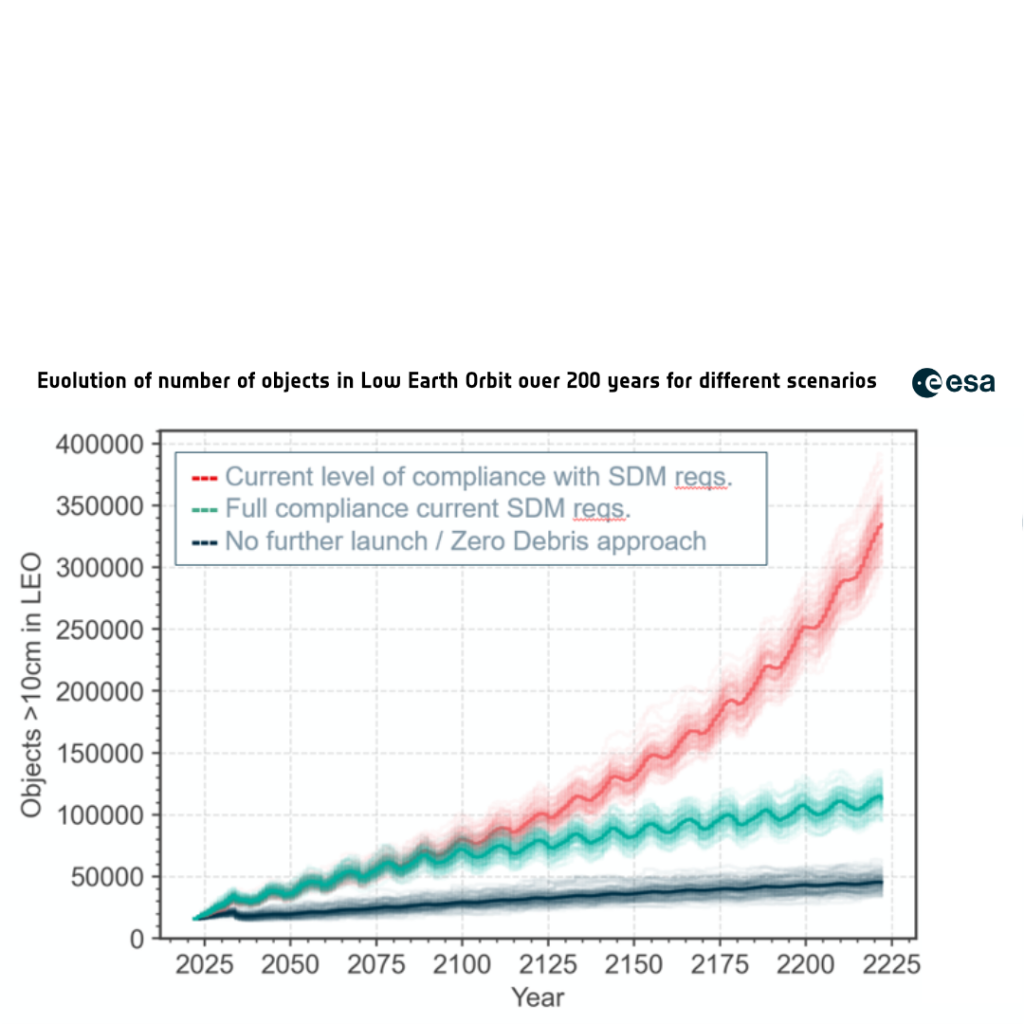
Credits: ESA Space Debris Office
The Zero Debris approach shows the Agency’s ambition to leave our precious space environment in a clean state.
In Autumn 2022, a study was carried out in the Concurrent Design Facility (CDF) based at ESA’s ESTEC technical heart, involving representatives from ESA programmes Earth Observation, Navigation, Technology, Telecommunications and Integrated Applications, Science and Space Transportation as well as industry and operators, plus some 270 other experts from ESA, industry, governmental agencies and academia as observers.
Objectives
The study aimed to achieve the following objectives:
- Provide an overview of the current situation to give an understanding of where we are with respect to the debris environment, standards and guidelines, technology and levels of implementation.
- Define recommendations for the evolution of Space Debris Policy, considering on the one hand environmental needs and on the other hand the impact on future missions.
- Define what is meant by Zero Debris (through recommendations for guidelines and requirements updates). This shall allow follow-up discussions and decisions to be done in more concrete terms.
- Provide a first roadmap of what needs to be done (technical developments, knowledge and standards) from here to 2030, with the aim of implementing a Zero Debris policy by then.
- Propose a phase-in schedule accounting for the feasible knowledge and technology development timing and upcoming ESA (and partners) missions.
Recommendations
To achieve Zero Debris and invert Europe’s contribution to debris by 2030, the following, among other points, was recommended:
- Mandatory Active Debris Removal services for all missions with cumulative probability of collision greater than 1 in 1000 in case of in-orbit failure (dedicated Interfaces for Removal shall be foreseen)
- Clearance of the valuable orbital regions after ‘end of mission’ within five years, and guaranteeing cumulative collision probability remains below 1 in 1000 by end of mission
- Increase resilience of onboard systems (improved probability of successful disposal through health monitoring, failure prognostics, shielding against non-trackable debris, robust passivation…)
- Enhance accuracy and efficiency of collision avoidance and mitigate risk for active missions
- Clear decision-making process (probability of successful disposal updated with in-flight data, prognostic methods, periodic re-evaluation)
- Global Navigation Satellite System (GNSS) orbital regions to be recognised as valuable orbital regions
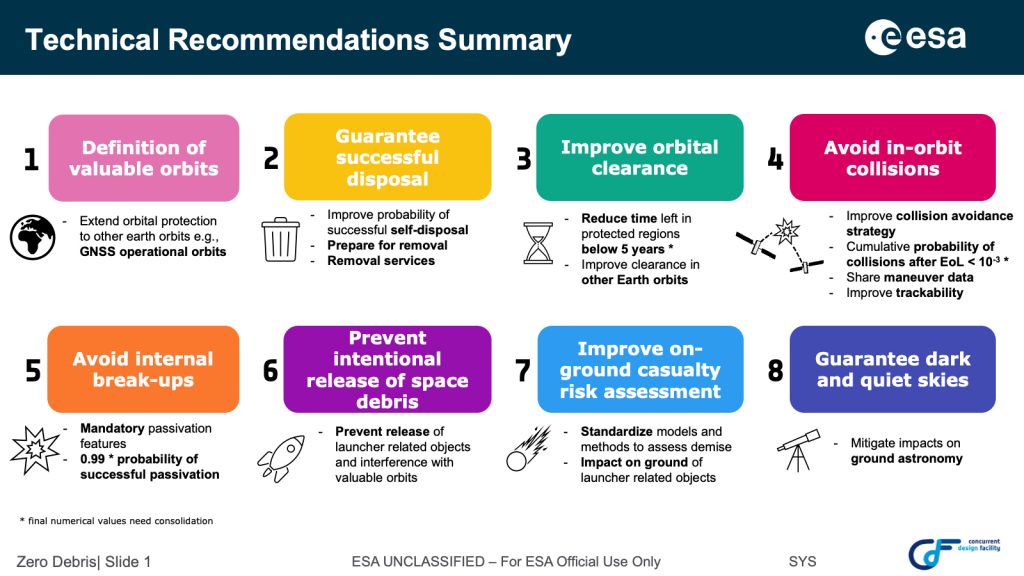
Meanwhile, ESA’s Clean Space initiative is developing a wide range of technology to ensure that ESA satellites can reliably reach the end of their mission lifetimes without producing debris (typically through deorbiting or reorbiting).
Next Step
The next foreseen step is to start the studies and technical development needed to finalise the recommendations and to ensure that the required technologies and standards will be available by 2030.
Note
The full CDF recommendations can be requested by email at cleanspace@esa.int. Note that these recommendations are restricted to entities working in ESA Member States.
Related content
- Watch the clean space webinar “ESA strategy towards Zero Debris: the evolution of spacecraft platform” to learn more about the approach
- Watch ESA Director General Josef Aschbacher talking about the Zero Debris approach
- Join the discussions on the Zero Debris approach by subscribing to the ESA Zero Debris Forum on LinkedIn
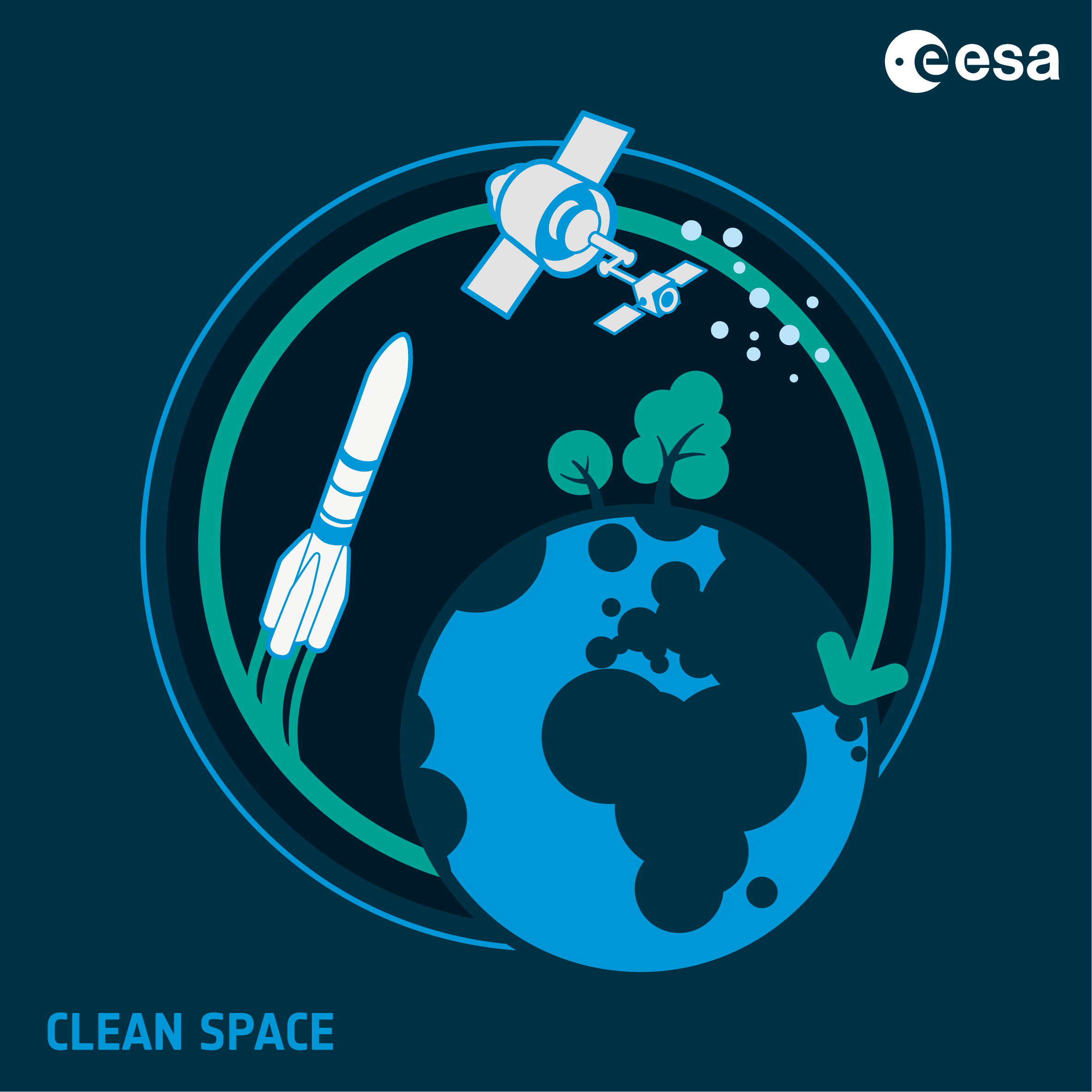

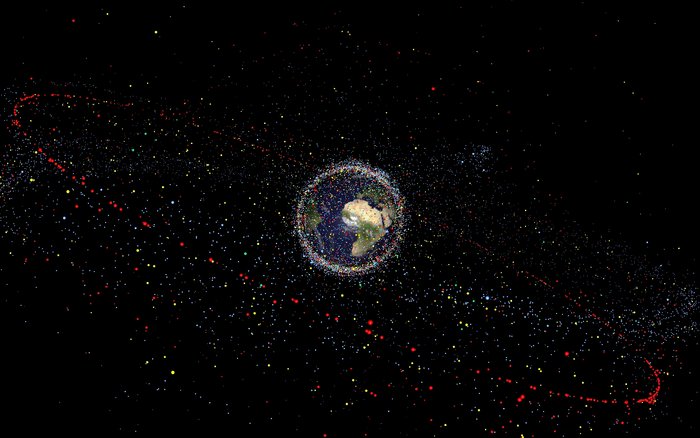
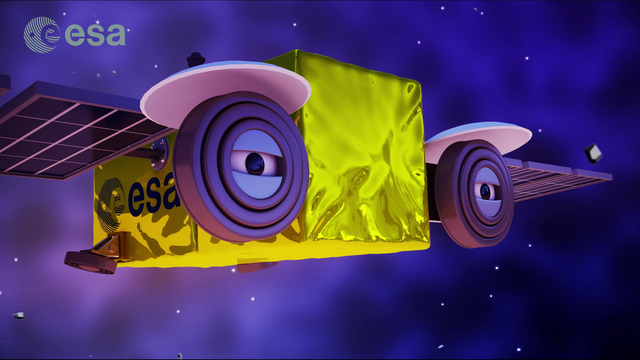
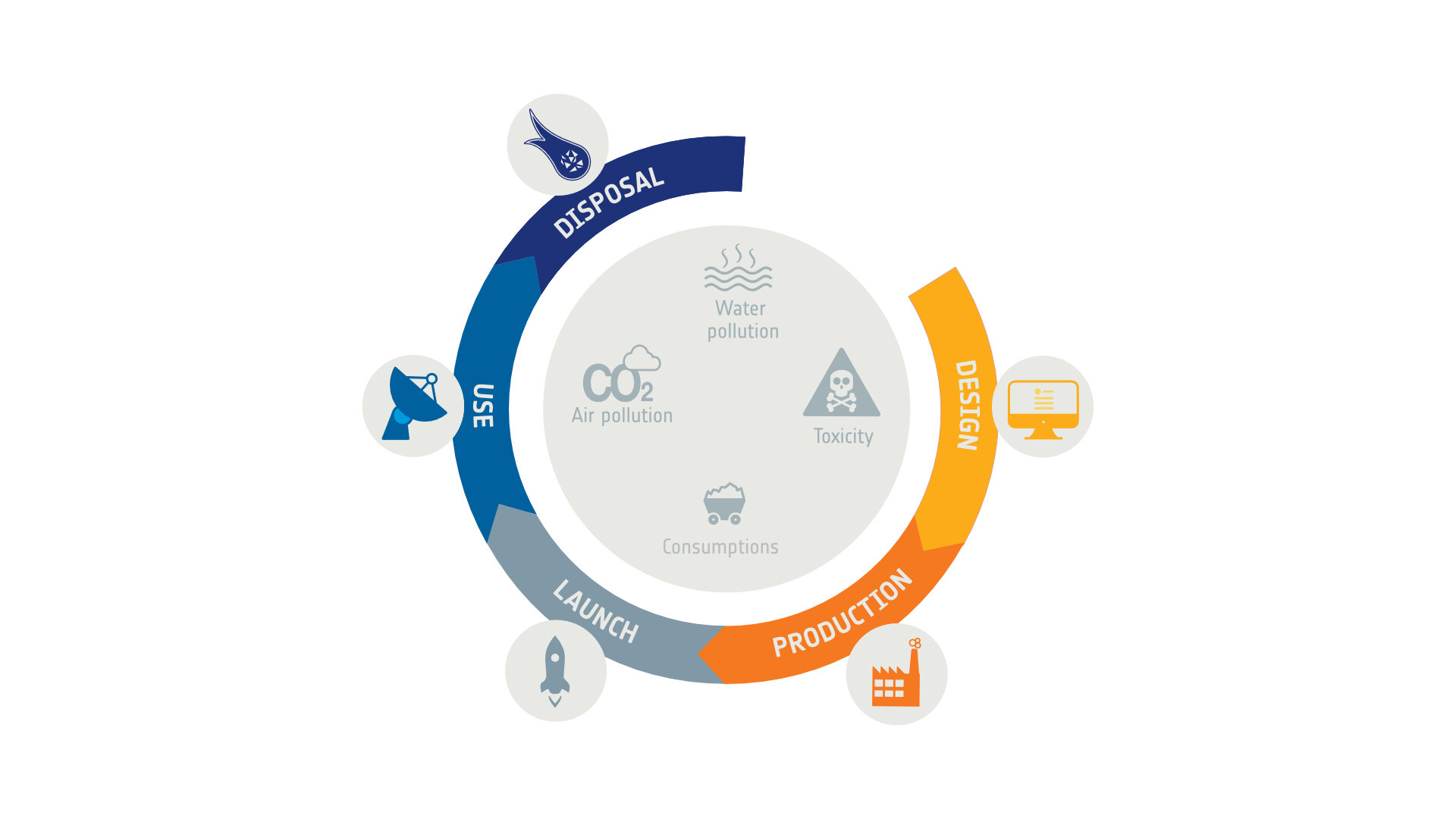
Discussion: one comment
Dear Colleagues
YES ZERO DEBRIS is a very good goal, but to reach ZERO DEBRIS we must neutralize 800-1000 objects per YEAR !
as the space debris syndrome is coming in emergency we have to FEDERATE several corporate DETECTING-HUNTING and CAPTURING the debris–and WHAT NEXT ?
we prefer to apply to captured debris this plasma tool.
https://1drv.ms/f/s!ArFTl-zU4KFNg6B9aj6J2YfF6MqFIA?e=oodZWg
the more important menace is small debris 1cm to 10 cm- TERMINATORR has been created for this mission.
http://www.space-debris-remediation.com
http://www.glycanspaceXR-Agency.com
warm regards
Geneva 004179 21377 18- and 1 313 461 84 55